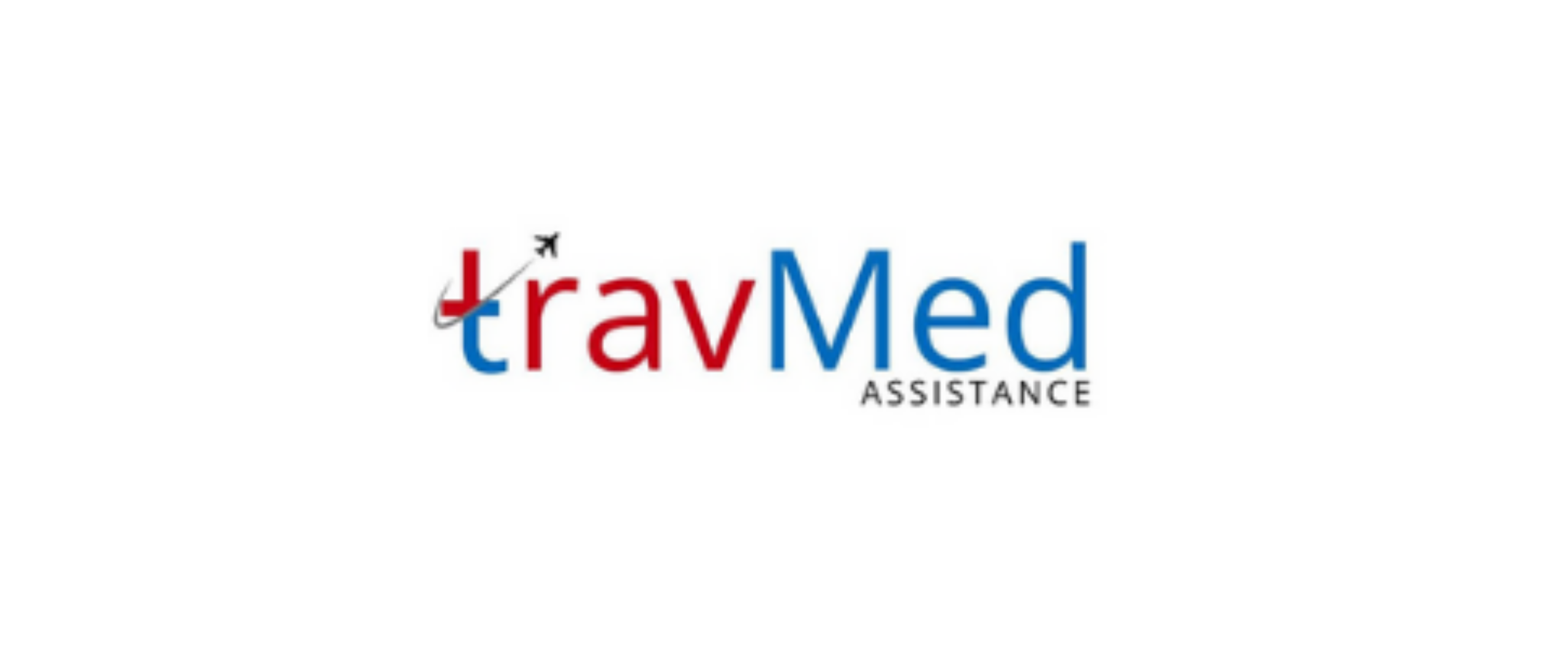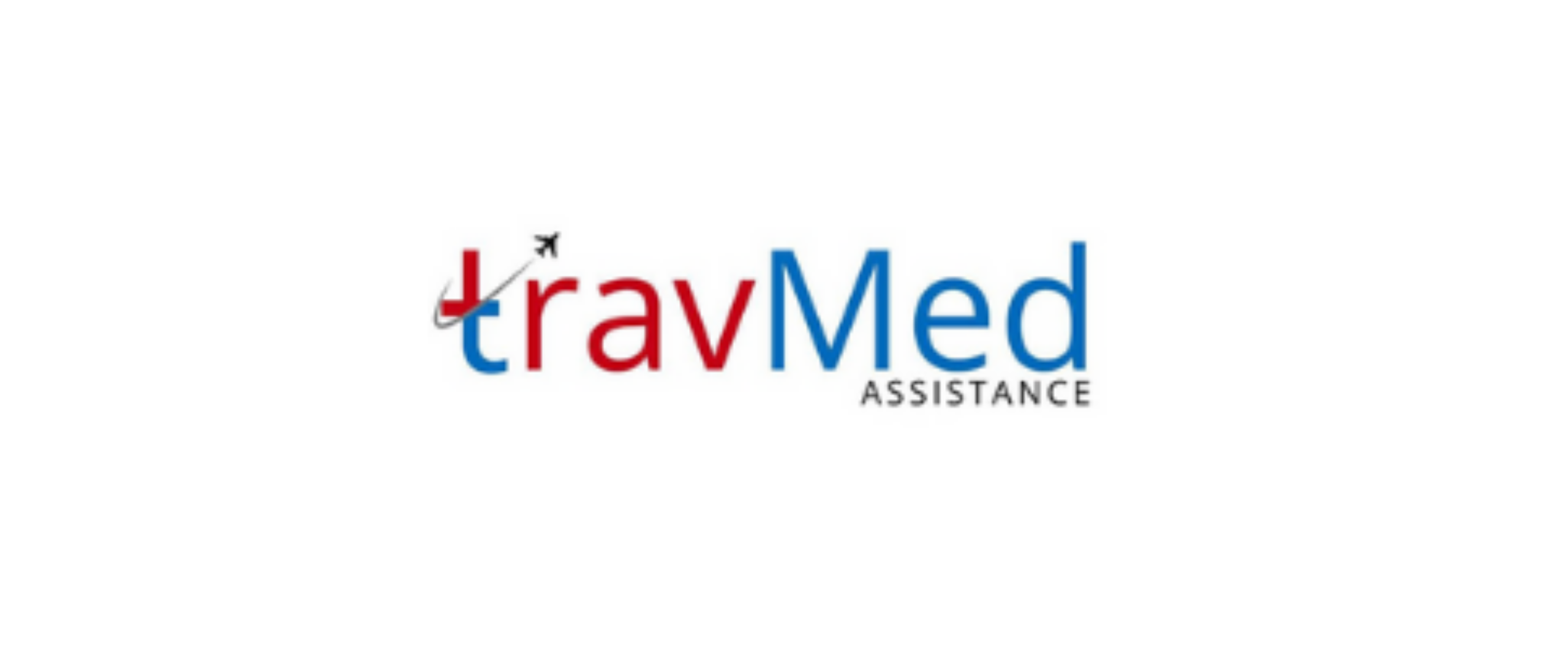
What is a ground ambulance service in Nepal?
Ground ambulance services in Nepal provide emergency medical transportation for patients requiring urgent care or transfer between medical facilities. These services utilize specially equipped vehicles designed to transport patients safely while providing basic medical care en route. In Nepal, ground ambulances serve as a critical component of the emergency medical system, operating in urban areas and reaching remote regions where air ambulances may not be feasible. These vehicles are staffed with trained medical personnel capable of administering first aid and stabilizing patients during transit. Ground ambulances in Nepal play a vital role in ensuring timely medical attention, particularly in cases of accidents, sudden illnesses, or medical emergencies requiring immediate hospital care.
Who provides ground ambulance services?
Ground ambulance services in Nepal are provided by a combination of government agencies, private companies, and non-governmental organizations (NGOs). The Nepal Ambulance Service, a government-initiated program, operates a fleet of ambulances across various districts. Private hospitals and healthcare institutions also maintain their own ambulance fleets to serve their patients and communities. Additionally, several NGOs and charitable organizations contribute to the ambulance network, particularly in underserved areas. Red Cross Nepal, for instance, operates ambulances in multiple regions. Private ambulance companies have also emerged in recent years, offering specialized services in major cities. The diversity of providers helps ensure wider coverage and accessibility of ground ambulance services throughout Nepal.
How does the ground ambulance service work?
Ground ambulance services in Nepal operate through a dispatch system. When an emergency call is received, the dispatch center assesses the situation and deploys the nearest available ambulance. The ambulance, staffed with trained paramedics or emergency medical technicians (EMTs), rushes to the specified location. Upon arrival, the medical team provides immediate care and stabilizes the patient for transport. The patient is then carefully loaded into the ambulance, where ongoing care is provided during the journey to the appropriate medical facility. In non-emergency cases, ambulances can be pre-booked for scheduled patient transfers between healthcare facilities or from home to hospital. The service aims to provide prompt, efficient, and professional medical transportation, adhering to established protocols to ensure patient safety and timely medical intervention.
What documents are required for ambulance use?
The documentation required for ambulance use in Nepal typically includes:
- Patient identification (citizenship card, passport, or other valid ID)
- Medical records or doctor’s referral (if available)
- Health insurance information (if applicable)
- Consent form for treatment and transport
- Emergency contact information
- Details of the receiving hospital or healthcare facility
- Payment information or proof of financial coverage
For pre-planned transfers, additional documents such as a doctor’s recommendation for ambulance transport may be necessary. In emergency situations, immediate care takes precedence, and documentation can be completed during or after transport. It’s advisable to keep essential medical information readily accessible to expedite the process during emergencies.
How much does ground ambulance service cost?
The cost of ground ambulance services in Nepal varies depending on several factors, including the service provider, distance traveled, and level of medical care required. Government-operated ambulances generally charge lower rates, typically ranging from NPR 500 to NPR 2,000 for local trips within city limits. Private ambulance services may charge higher rates, often between NPR 1,500 to NPR 5,000 for similar distances. For longer journeys or inter-district transfers, costs can escalate to NPR 10,000 or more. Advanced life support ambulances, equipped with specialized medical equipment and staffed by skilled professionals, command higher fees. Some providers offer package deals for regular users or membership programs that can reduce costs. It’s advisable to inquire about pricing structures and any additional charges for medical supplies or overtime fees when booking an ambulance service.
Are ambulance services available 24/7?
Ground ambulance services in Nepal operate 24 hours a day, 7 days a week, to respond to medical emergencies at any time. Major cities like Kathmandu, Pokhara, and Biratnagar have multiple ambulance providers ensuring round-the-clock coverage. In rural areas, availability may be more limited, but efforts are ongoing to improve 24/7 access nationwide. The Nepal Ambulance Service maintains a centralized dispatch system that operates continuously. Many private hospitals and ambulance companies also offer 24-hour services. However, response times may vary depending on location, traffic conditions, and demand, especially during nighttime hours or in remote areas. To ensure prompt service, it’s recommended to have emergency contact numbers readily available and to call ahead when possible, even for late-night or early morning transfers.
How is patient safety ensured during transport?
Patient safety during ground ambulance transport in Nepal is ensured through multiple measures:
- Trained medical personnel accompany patients, providing continuous monitoring and care
- Ambulances are equipped with essential medical equipment for emergency interventions
- Patients are securely strapped to stretchers to prevent movement during transit
- Vehicles are designed with shock-absorbing systems to minimize patient discomfort
- Sterile conditions are maintained to prevent infections
- Oxygen supply and other life-support systems are available onboard
- Drivers are trained in safe driving techniques specific to ambulance operations
- Regular maintenance checks are performed on vehicles to ensure roadworthiness
- Communication systems allow constant contact with hospitals and dispatch centers
- Protocols are in place for handling various medical emergencies during transport
- Patient handover procedures ensure continuity of care upon arrival at medical facilities
These measures collectively work to safeguard patient well-being throughout the ambulance journey.
Who qualifies for ground ambulance services?
Ground ambulance services in Nepal are available to anyone requiring medical transportation, regardless of age, gender, or social status. Qualifications for using ambulance services typically include:
- Individuals experiencing medical emergencies requiring immediate hospital care
- Patients needing transfer between healthcare facilities for specialized treatment
- People with limited mobility who cannot safely travel by regular means of transport
- Individuals with chronic conditions requiring regular hospital visits
- Accident victims requiring urgent medical attention
- Pregnant women in labor or experiencing pregnancy-related complications
- Elderly patients with acute health issues
- Anyone deemed by a healthcare professional to require ambulance transport
In emergency situations, ambulance services respond to all calls without pre-qualifying patients. For non-emergency transfers, a doctor’s recommendation may be required to justify ambulance use. Some services may prioritize cases based on medical urgency when demand is high.
What medical equipment is onboard?
Ground ambulances in Nepal are equipped with essential medical equipment to handle various emergencies and provide basic life support during transport. The standard equipment typically includes:
- Stretcher or gurney for patient transport
- Oxygen supply system with masks and cannulas
- Automated External Defibrillator (AED)
- Blood pressure monitoring devices
- Pulse oximeters for measuring oxygen saturation
- Intravenous (IV) fluid administration sets
- First aid kits and wound dressing materials
- Cervical collars and spine boards for immobilization
- Suction devices for airway clearance
- Bag valve masks for manual ventilation
- Basic medications for emergency use
- Splints and bandages for fracture management
- Communication devices for contacting hospitals and dispatch centers
Advanced life support ambulances may also carry additional equipment such as cardiac monitors, ventilators, and a wider range of medications. The specific equipment can vary based on the level of service provided by different ambulance operators in Nepal.
How long does ground transport take?
The duration of ground ambulance transport in Nepal varies significantly depending on several factors:
- Distance between pickup location and destination
- Traffic conditions, especially in urban areas
- Road quality and terrain, particularly in rural or mountainous regions
- Time of day and weather conditions
- Type of medical emergency and required en-route care
In urban areas like Kathmandu, short-distance transfers typically take 15-30 minutes, but can extend to an hour or more during peak traffic times. Inter-district transfers may range from 2-6 hours or longer, depending on the route and road conditions. Remote area transports can take several hours due to challenging terrain and limited road infrastructure. Ambulance services strive to optimize routes and use sirens to navigate traffic, but journey times can be unpredictable. For non-emergency transfers, patients are advised to factor in potential delays when scheduling appointments. In critical cases, the ambulance team focuses on stabilizing the patient and providing care throughout the journey, regardless of its duration.
Can family accompany the patient in the ambulance?
In Nepal, the policy regarding family members accompanying patients in ground ambulances can vary depending on the service provider and the specific circumstances of the transport. Generally, one family member or caregiver is allowed to ride in the ambulance with the patient, especially in cases involving children, elderly individuals, or patients requiring emotional support. This accompanying person typically sits in the front of the vehicle, separate from the patient compartment, to allow the medical team unobstructed access to the patient. In some cases, particularly for critical patients or when space is limited due to necessary medical equipment, family members may be asked to follow the ambulance in a separate vehicle. It’s advisable to discuss this with the ambulance staff at the time of pickup, as they will make decisions based on the patient’s condition and available space.
How do I contact ambulance providers in Nepal?
Contacting ambulance providers in Nepal can be done through several channels:
- Emergency number: Dial 102 for the national ambulance service
- Nepal Ambulance Service: Call 4228094 or 9851128094
- Red Cross ambulance: Dial 4228094
- Local hospital numbers: Many hospitals operate their own ambulance services
- Private ambulance companies: Search online directories for contact information
- Police emergency number: Dial 100, they can coordinate with ambulance services
- Fire brigade: Call 101, they often have ambulance coordination capabilities
- Mobile apps: Some providers offer apps for quick ambulance booking
- Social media: Many services maintain active social media presence for inquiries
- Local community centers: Often have information on nearby ambulance services
It’s recommended to save relevant emergency numbers on your phone and keep a written list in an easily accessible location. For non-emergency transport, booking in advance through the provider’s office or website is advisable. Always provide clear information about the patient’s condition and location when calling for an ambulance.


